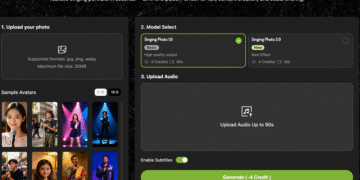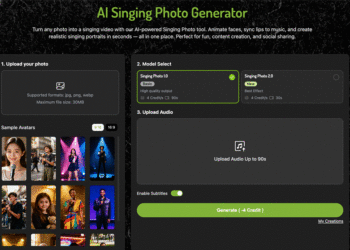As the education sector continues to evolve in Australia, institutions must regularly reassess the platforms they use to deliver effective and equitable student assessments. With a rising demand for flexibility, accessibility, and data-driven decision-making, digital testing solutions are reshaping how schools, universities, and training providers measure learning outcomes. But what does the next generation of these platforms look like—and how can institutions prepare?
The Shift Towards Smarter Assessments
The move away from traditional pen-and-paper exams is well underway across Australian education. Today’s students expect digital experiences that mirror the technology-rich environments they live and learn in. This is driving a shift toward adaptive testing, real-time feedback, and scalable infrastructure.
Modern platforms are now integrating machine learning, cloud technologies, and advanced analytics to deliver richer, more responsive assessments. Educators can identify gaps early, personalise learning pathways, and make timely decisions based on live performance data.
Enhancing Accessibility and Inclusion
One of the most significant benefits of digital assessment is its capacity to support diverse student needs. Australian institutions are increasingly focused on inclusive education, and digital tools offer features like text-to-speech, adjustable fonts and colours, and language support to accommodate a wide range of learners.
In remote or regional communities, where consistent access to in-person assessments can be a challenge, digital testing also ensures equitable participation across the country. Even with limited infrastructure, students can sit secure, standardised exams without needing to travel.
The Role of Data and Analytics
Data is now at the centre of educational decision-making. Digital assessment platforms provide detailed performance analytics, enabling educators to track trends across cohorts, subjects, and time periods. With access to this kind of insight, institutions can target interventions, adjust curricula, and improve teaching strategies more effectively.
In high-stakes environments, such as senior secondary or tertiary admissions, this data also helps demonstrate fairness, consistency, and transparency in assessment.
Prioritising Security and Academic Integrity
Maintaining trust in digital assessments means ensuring they are secure, fair, and resistant to malpractice. Australian institutions are adopting features such as browser lockdowns, AI-based proctoring, facial recognition, and keystroke biometrics to preserve exam integrity.
Additionally, compliance with local data privacy regulations—including Australian Privacy Principles—is critical. Institutions are looking for providers that offer strong data protection measures, local hosting, and transparent security protocols to ensure student information is handled responsibly.
Infrastructure That Grows with You
Scalability is a key consideration for institutions planning long-term. Whether it’s supporting a large student body or expanding offerings across multiple campuses, digital testing platforms must be capable of handling peak periods without performance issues.
Solutions built with cloud-native infrastructure and modular design allow for seamless integration with existing systems such as learning management systems (LMS), while also offering the flexibility to evolve with institutional needs.
Additionally, platforms that enable offline or low-bandwidth delivery are increasingly important for supporting students in remote or infrastructure-limited areas of Australia.
Making the Transition Smoothly
Despite the benefits, moving to a new assessment platform can be a complex process. Challenges around training, system compatibility, and data migration often deter institutions from upgrading—even when it’s clearly needed.
For institutions exploring the complexities of modernisation, this guide to changing online assessment systems provides practical insights into managing the transition effectively and confidently.
Preparing for What’s Next
Technology will continue to reshape assessment in Australia. From artificial intelligence that can evaluate open-ended responses, to credentialing innovations that offer students verified digital records of achievement, the future is rich with possibility.
Forward-thinking institutions that embrace flexible, future-ready platforms now will be well-placed to adapt to these changes—delivering not just assessments, but meaningful, connected learning experiences. The next generation of testing is here. It’s digital, data-driven, and designed to support every learner, everywhere.












































































